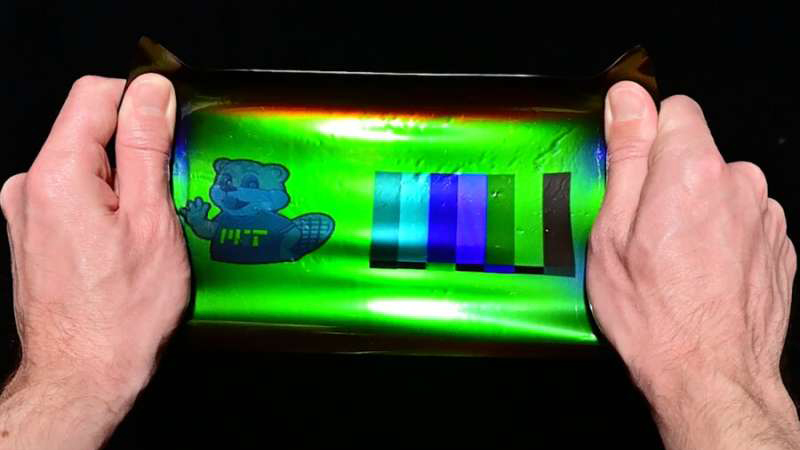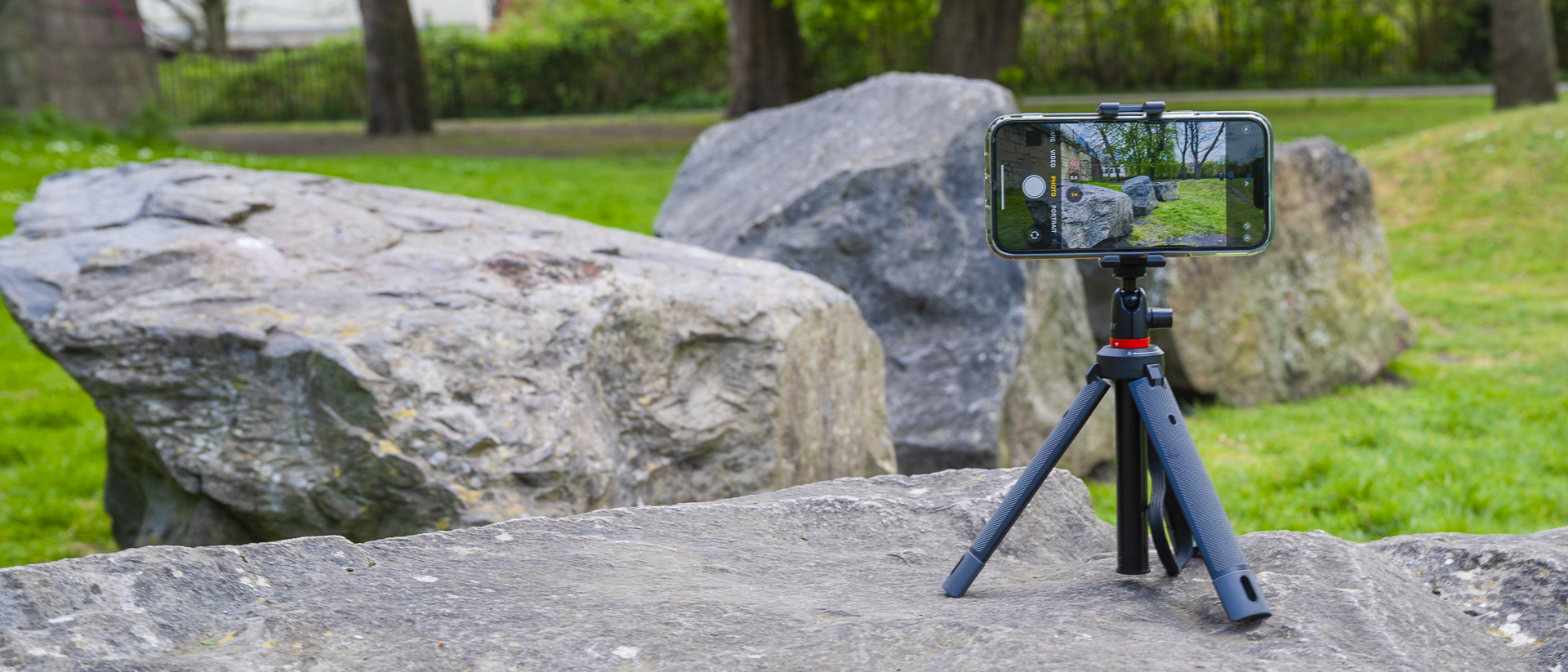Engineers make stretchy, color-changing film inspired by an old photo technique
It is now possible to print large-scale color-changing images onto elastic materials thanks to inspiration taken from the Lippmann Process

Scientists at the Massachusetts Institute of Technology (MIT) have resurrected a 19th-century color photography technique but with a modern twist. For the first time, it is now possible to print large-scale, color-changing images onto elastic materials all thanks to Nobel prize winner Gabriel Lippmann and some clever MIT researchers.
Between 1891 and 1894, Lippman was inventing a new method of color photography known as the Lippman process. Using a mirror, and a thin layer of panchromatic gelatin emulsion with ultra-fine grains silver, it was then sealed with mercury and photographed through the back of the plate. It was a lengthy process and today very few photographers practice it. One of the few is Nick Brandeth. In an interview with Pop Photo, he describes Lippmann's process as “the bridge between holography and photography”.
• Read more: The art of tintype photography with Guy Bellingham
Taking inspiration from this dying method of photography, Benjamin Miller, a graduate student at MIT's department of mechanical engineering, wanted to find out if it could be used in combination with modern holographic materials to produce large-scale, structurally colored materials but quickly.
Miller explains, “Scaling these materials is not trivial, because you need to control these structures at the nanoscale. Now that we've cleared this scaling hurdle, we can explore questions like: Can we use this material to make robotic skin that has a human-like sense of touch? And can we create touch-sensing devices for things like virtual augmented reality or medical training? It's a big space we're looking at now.”
Structurally colored material uses structural coloration to create a material that changes color when it moves. Structural coloration occurs naturally and is "the evolutionary process involving microscopic structures that reflect and refract light in unique ways.” An example of structural coloration is found in chameleons. It’s what allows them to change their color in order to communicate, regulate heat and become camouflaged. Butterflies, poison dart frogs and peacocks also have structural coloration and can be seen in the metallic colorings on their bodies.
Combining Lippmann’s method of photography with modern-day holographic materials, Miller and his team were able to create a detailed image in a matter of minutes. Back in the 1890s, it was a process that took days, but this reduction in time has made it possible on a bigger scale.
Get the Digital Camera World Newsletter
The best camera deals, reviews, product advice, and unmissable photography news, direct to your inbox!
While this material will be incredibly valuable to the textile and fashion industry, scientists hope it has more serious applications in the medical world using its color-changing abilities to monitor things like blood pressure. The Lippmann process may have dyed out as a method of photography but at least the science behind it has had its own reimagining.

Having studied Journalism and Public Relations at the University of the West of England Hannah developed a love for photography through a module on photojournalism. She specializes in Portrait, Fashion and lifestyle photography but has more recently branched out in the world of stylized product photography. Hannah spent three years working at Wex Photo Video as a Senior Sales Assistant, using her experience and knowledge of cameras to help people buy the equipment that is right for them. With eight years experience working with studio lighting, Hannah has run many successful workshops teaching people how to use different lighting setups.
